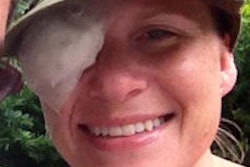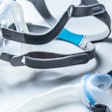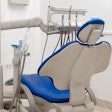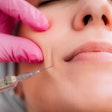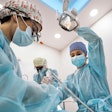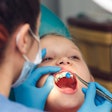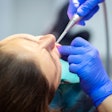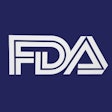
Successful infection control and clinician safety depend on every clinician being ethical and following laws, regulations, recommendations, and the standard of care. When there is no law governing the subject, these concepts enable us to make clinical decisions that help ensure the safety of the patient and the dental professional. Some are willing to follow these concepts, but others feel because it is not written, they do not have to comply.
In a 2004 article in the Journal of the American Dental Association, Joseph Graskemper, DDS, JD, wrote about the "standard of care" and his words really defined the concept in an odd but comprehensive way (JADA, October 2004, Vol. 135:10, pp. 1449-1455). Graskemper stated that to define the standard of care you must grasp it from its existence in the definition of "negligence."
There are four elements to negligence, according to Joseph King in The Law of Medical Malpractice in a Nutshell (West Publishing, 1986):
- That a duty of care was owed by the dentist to the patient
- That the dentist violated the applicable standard of care
- That the plaintiff suffered a compensable injury
- That such injury was caused in fact and proximately caused by the substandard conduct
 Noel Kelsch, RDHAP.
Noel Kelsch, RDHAP.A great example of this concept is eye protection. In dentistry, eyes are exposed to hazards every day. Yet statistics are not in our favor. We may know the regulations and reasons behind eye protection, but the vast majority of clinicians are not complying.
In a 2006 study in the British Dental Journal looking at dental professionals' compliance with eye protection, 87% of dentists wore protection routinely (BDJ, February 25, 2006, Vol. 200:4, pp. 218-223). Their choice was not always within the standards, and many only wore them for specific procedures. A staggering 48% of those surveyed had experienced ocular traumas or infections, which occurred during a variety of procedures. The saddest part of these statistics is that 75% of these injuries resulted from a lack of eye protection.
It does not end there! Less than 50% of the assistants and hygienists surveyed used eye protection routinely. Many admitted that they do not wear eye protection while cleaning contaminated instruments. Hygienists did, however, wear eye protection for 96% of their patient work, according to the BDJ study.
Requirements for the dental professionals
The Organization for Safety and Health Administration (OSHA) requires that all employers supply eyewear or face shield protection for all their employees.
They must be impact-resistant plastic that complies with "American National Standard Practice for Occupational and Educational Eye and Face Protection regulations (ANSI Z87.1-1989/ANSI Z87.1-2003). American National Standards Institute (ANSI) is the organization that establishes the performance standards, safety, and effectiveness of the protection that the eyewear has. The product should be impact-resistant in case sharp or hard debris hits it during procedures.
They must be large enough to protect the eye and surrounding structures.
Side protection must be included in the design and should not be removed.
- They need to be appropriate for the task the professional is performing. For example, if using a laser, the lenses the professional wears need to be designed specifically for that spectrum of laser.
Many products that are used as eye protection do not meet ANSI requirements and are below the standards. Reader glasses bought at the drugstore or prescription glasses are generally not ANSI-approved. Always check to see if eyewear is approved. They need to be cleaned and disinfected between patients according to the manufacturer's directions to prevent cross contamination.
OSHA requires employers to ensure the safety of all employees in the work environment. It is up to each owner of a practice to ensure the staff is safe and to check if regulations are being adhered to. Eye and face protection must be provided whenever necessary to protect against chemical, environmental, radiological, or mechanical irritants and hazards. Not supplying proper personal protective equipment and not overseeing training and daily proper use leave the employer liable and negligent.
Standard of care for patients
There is no law, no regulation that covers eye protection for patients. The Centers for Disease Control and Prevention's "Infection Control" Web page of frequently asked questions states: "Protective eyewear for patients also can protect their eyes from spatter or debris generated during dental procedures."
Offering a patient eye protection is simply the "standard of care" that I and my fellow board members of Support Clean Dentistry advocate for -- the utmost standards of infection prevention for dental patients and dental professionals. It does help to "do no harm" and limit negative outcomes. It is our ethical duty.
Noel Kelsch, RDHAP, is an international writer and speaker on oral health topics. Her website is www.noelkelsch.com. She is a founding member of the Support Clean Dentistry Coalition.
The comments and observations expressed herein do not necessarily reflect the opinions of DrBicuspid.com, nor should they be construed as an endorsement or admonishment of any particular idea, vendor, or organization.






